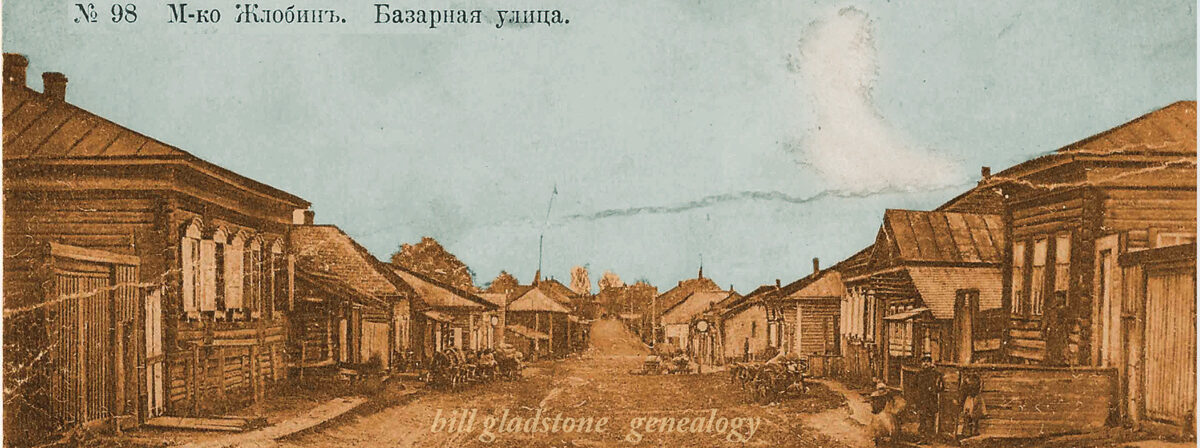The 1911 census of Canada, which became available to the public in mid July for the first time, is a tremendously valuable resource for family tree researchers whose relatives were in Canada in the first decade of the 20th century. It is the latest in a wave of genealogical resources — the Ellis Island data base being foremost among them — that are easily accessible to the masses via the internet.
With high-speed internet access, each page comes up in convenient PDF format in only a few seconds. For each entry, the census lists name, address, marital status, month and year of birth, age, country or place of birth, year of immigration and naturalization, racial or tribal origin, nationality, religion, occupation, literacy skills, mother tongue and other variables.
Although the information offered is extraordinary, it’s not so easy to find a given person at a given address. Unlike the Ellis Island passenger records, the 1911 census is not searchable by name or any other personal variable. It also lacks a centralized street index.
To search for a particular address, one must engage in a hit-and-miss method of navigation, somewhat similar to playing Battleship. One searches a city, sector by sector, block by block, using district numbers, subdistrict numbers and various keywords related to wards, municipalities and neighbourhoods.
The search requires logic, intuition, guesswork and patience. Consultation with the regional maps on the website is highly recommended.
To date, I’ve searched through hundreds of census pages, mostly in Toronto but as far west as Brandon and as far east as Kingston. In Toronto, I’ve explored the major downtown streets and the heavily Jewish neighbourhoods in Ward 3 and the Junction. So far I’ve found a growing list of relatives, including a grandfather and several great-grandparents.
These census pages offer researchers a rare and privileged glimpse into the past. They are filled with names of people, mostly Canadian, of Scottish, Irish, British, German, Welsh, Polish, French, Romanian, Chinese and Dutch descent. The eldest, born in the 1820s and 1830s, might have held young grandchildren and great-grandchildren on their laps who are still alive today.
Because of privacy and confidentiality concerns, the 1911 census might never have been released. But a coalition of genealogists, historians and special-interest groups began lobbying the government in the late ’90s to enact the legislation necessary for the release of the 1911 and all later censuses, which would otherwise have been kept private forever.
The necessary legislation — Bill S-18, an act to amend the Statistics Act — seemed about to die earlier this summer before it could be given a third reading. But on June 28, Government Whip Dominic LeBlanc attained the Speaker’s permission to introduce Bill S-18 on the assurance that it would likely face no opposition. Sure enough, it was passed with the unanimous consent of all members of the House.
Library and Archives Canada took only a few weeks to make the scanned images of every census page available on its Canadian Genealogy Centre website. Traffic to the site was so high during its first week that many could only gain access to it after midnight. Even now, the site may seem sluggish between the peak usage hours of 9 a.m. and 4 p.m.
For families that arrived in Canada prior to June 1911, the census is a goldmine, and Library and Archives Canada deserves enormous credit for making it available. To attempt a search, visit the Canadian Genealogy Centre website at www.genealogy.gc.ca, click on Databases, then scroll down to the 1911 Census. Feel free to let me know how your search turns out. ♦
Note: Since this article was written, the Canadian census of 1911 has become available on Ancestry.com — where it is searchable by name. It is the best and easiest place to search the 1911 census.
© 2005





